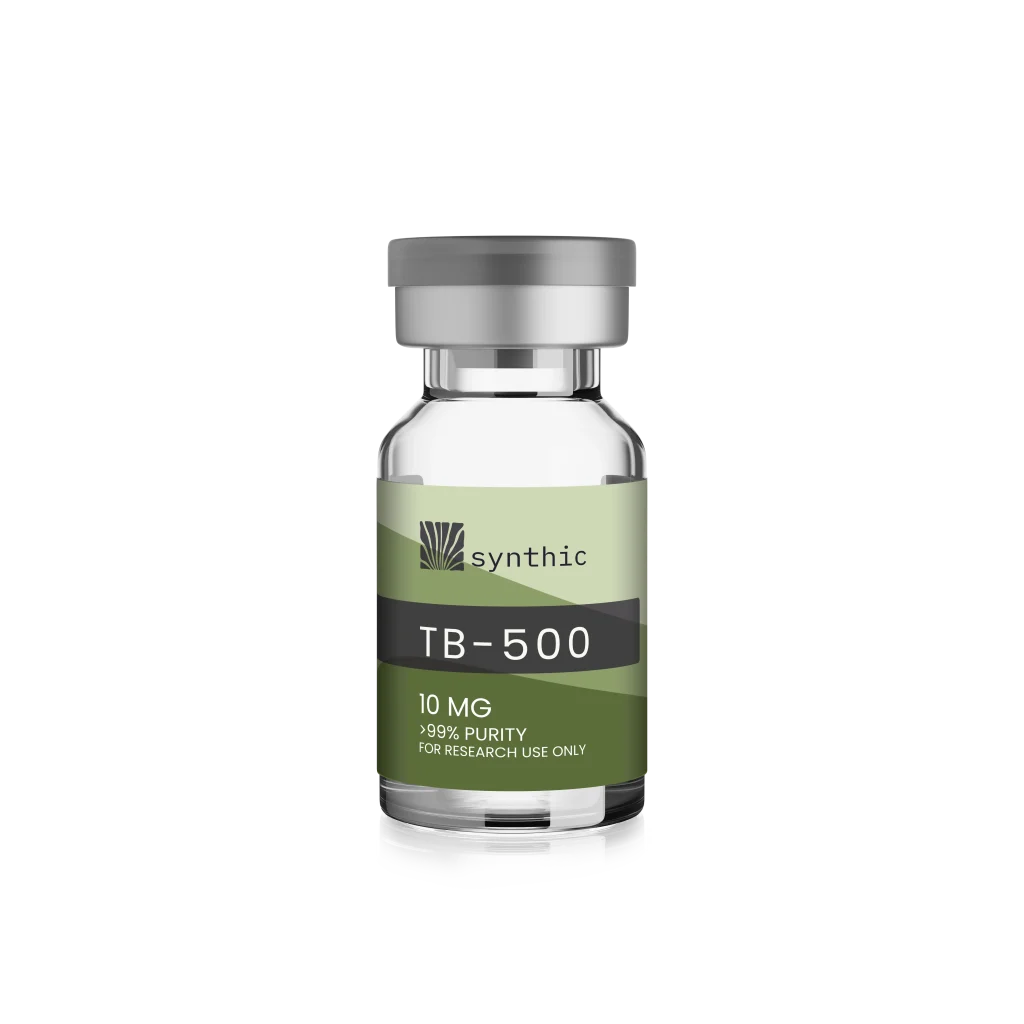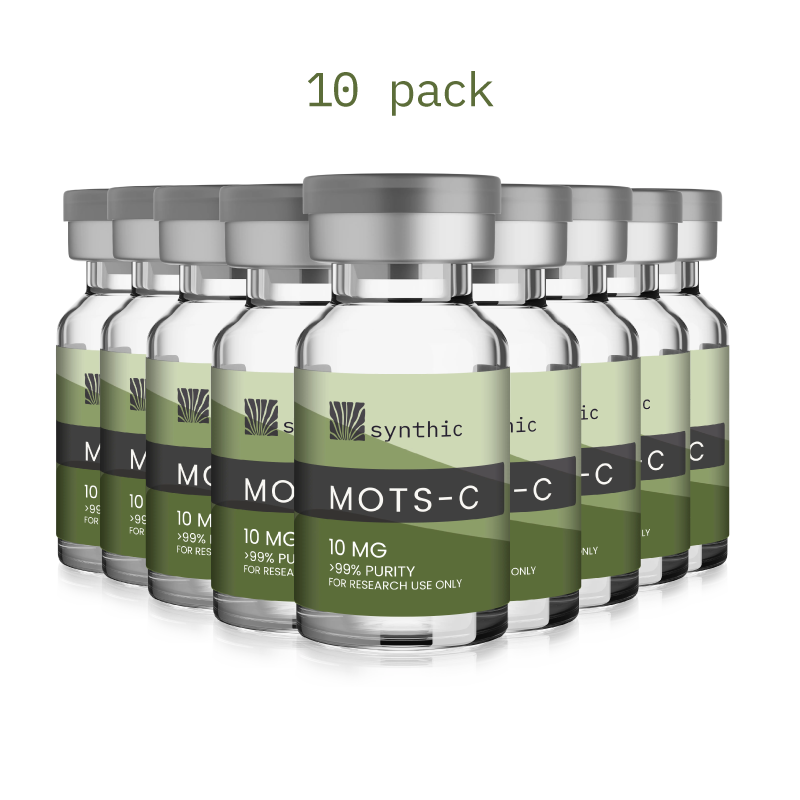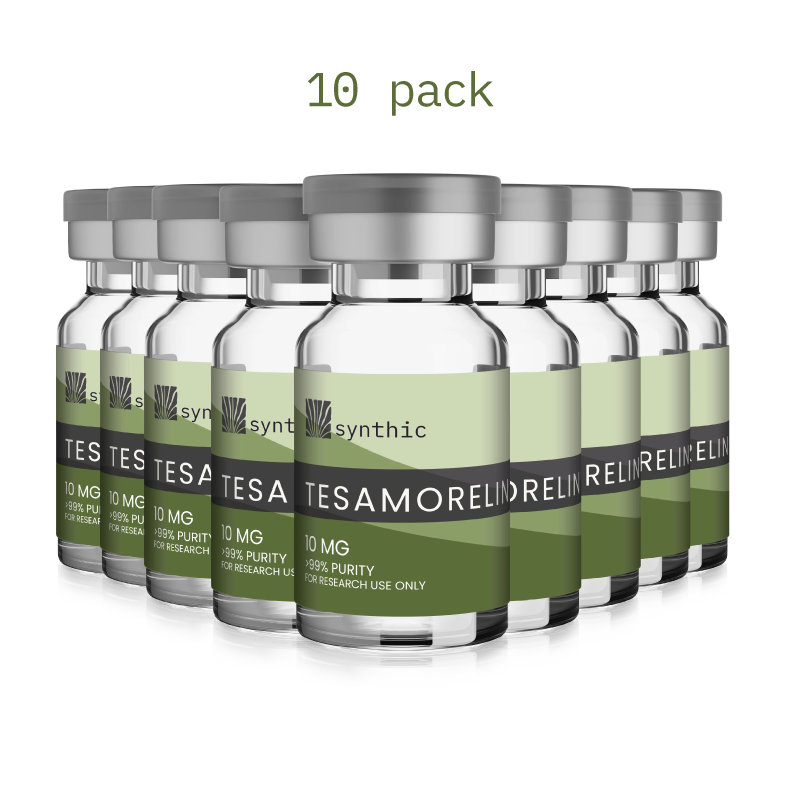GLP-1 receptor agonists such as semaglutide and tirzepatide have transformed the weight loss landscape. By regulating appetite, slowing gastric emptying, and improving insulin sensitivity, they provide powerful tools for achieving significant and sustained reductions in body weight. But weight loss is only one part of the story.
Many individuals on GLP-1 therapy report challenges beyond appetite control: reduced energy, slower recovery, and weight plateaus. These effects are not surprising when viewed through the lens of cellular energy balance. Rapid weight loss can stress the body’s repair systems, and age-related changes make recovery even harder. This is where NAD+ (nicotinamide adenine dinucleotide) enters the discussion — not as a replacement, but as a complementary molecule that supports the body’s energy and repair machinery.
What Is NAD+?
NAD+ is a coenzyme present in every cell, often called the body’s “metabolic currency.” It fuels mitochondria (the “powerhouses” of cells), supports DNA repair, and regulates enzymes involved in longevity and metabolic stability. Levels of NAD+ decline naturally with age, and this reduction accelerates under metabolic stress, including rapid weight loss.
Without sufficient NAD+, cells struggle to produce ATP, repair DNA damage, and maintain proper signaling between tissues. This translates into fatigue, impaired recovery, and diminished resilience — exactly the hurdles often reported by people on long-term GLP-1 therapy.
Why Combine NAD+ With GLP-1s?
1. Boosting Energy
- GLP-1 Effect: Suppresses appetite and slows digestion, which can indirectly reduce available energy.
- NAD+ Role: Restores mitochondrial efficiency, ensuring cells continue to produce ATP at optimal levels.
Synergy: While GLP-1s regulate energy intake, NAD+ supports cellular energy output, helping prevent the fatigue often reported during weight loss.
2. Accelerating Recovery
- GLP-1 Effect: Improves glycemic control but does not directly address tissue micro-damage.
- NAD+ Role: Supports DNA repair enzymes (PARPs) and stress-response proteins (sirtuins), which repair exercise- or lifestyle-induced cellular damage.
Synergy: By maintaining repair systems, NAD+ complements GLP-1 therapy, potentially reducing soreness and improving recovery after exercise or daily stress.
3. Protecting Lean Tissue and Skin
- GLP-1 Effect: Strong weight loss, but lean tissue and skin integrity can be vulnerable without additional support.
- NAD+ Role: Fuels regenerative pathways that are further amplified by peptides like GHK-Cu (skin and collagen regeneration) and TB-500 (tissue healing and vascular support).
Synergy: Combining NAD+ with supportive peptides may help maintain muscle, connective tissue, and skin quality while GLP-1s drive fat loss.
4. Breaking Through Plateaus
- GLP-1 Effect: Highly effective initially, but some patients experience plateaus as the body adapts.
- NAD+ Role: Enhances metabolic flexibility through sirtuin activation and mitochondrial biogenesis.
Synergy: NAD+ may help prevent or delay plateaus by sustaining metabolic resilience, keeping fat oxidation active even as weight loss progresses.
NAD+ and Peptide Stacks for Healthy Aging and Weight Management
Researchers are increasingly exploring stacked peptide protocols that combine NAD+ with regenerative or metabolic peptides to cover multiple aspects of health:
- NAD+ + MOTS-c: Energy and metabolism enhancement, mimicking exercise-like benefits.
- NAD+ + GHK-Cu: Energy support plus visible skin and connective tissue repair.
- NAD+ + TB-500: Cellular repair combined with tissue recovery and angiogenesis.
When paired with a GLP-1 backbone, these stacks represent a multi-dimensional approach: appetite control, energy stability, tissue resilience, and long-term sustainability.
Conclusion
GLP-1 receptor agonists remain the most effective tools for weight loss currently available, but they do not address every challenge of long-term metabolic health. NAD+ fills a critical gap by supporting mitochondrial energy, DNA repair, and cellular resilience. When paired with GLP-1 therapy — and, in some cases, regenerative peptides — NAD+ may help extend results beyond weight loss alone, ensuring energy, recovery, and metabolic stability remain intact.
The key takeaway: GLP-1s drive the weight loss. NAD+ powers the system that sustains it. Together, they represent a more complete strategy for turning short-term results into long-term health gains.
Shop NAD+



